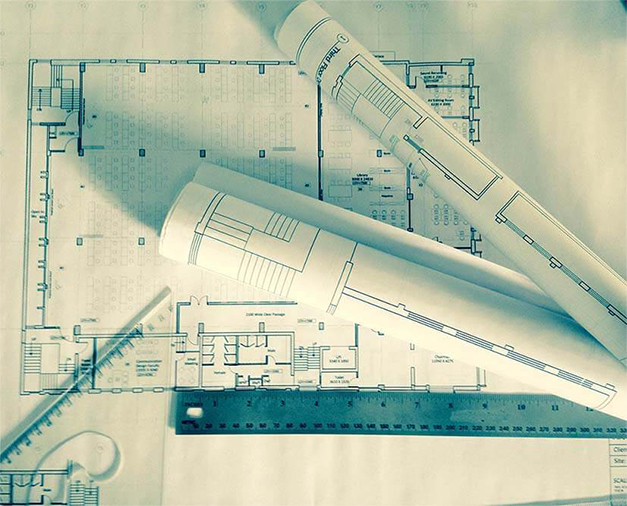
Liminal spaces are the in-between spaces that act as a bridge between spaces. The etymology of the word ‘liminal’ is derived from the Latin word ‘limen’ meaning threshold. They’re the transitional zones at the threshold of two functional spaces.
These liminal spaces are often perceived as social spaces that sometimes feel unsettling. This dual perception is perhaps why images of liminal spaces were all over the internet during the era of COVID-19. These spaces of movement that were once filled with large crowds were left abandoned during the lockdown phase, this intrigued people to wonder on the topic.
They may or may not have designated functions, but can be adapted to suit several different activities. Many spaces can be classified as liminal spaces in architecture; from a corridor to large spaces of commute like stations or roads. We have curated a list of examples of liminal spaces while exploring their design language and roles in architecture.
11 Intriguing Examples of Liminal Spaces
- Front Porch:
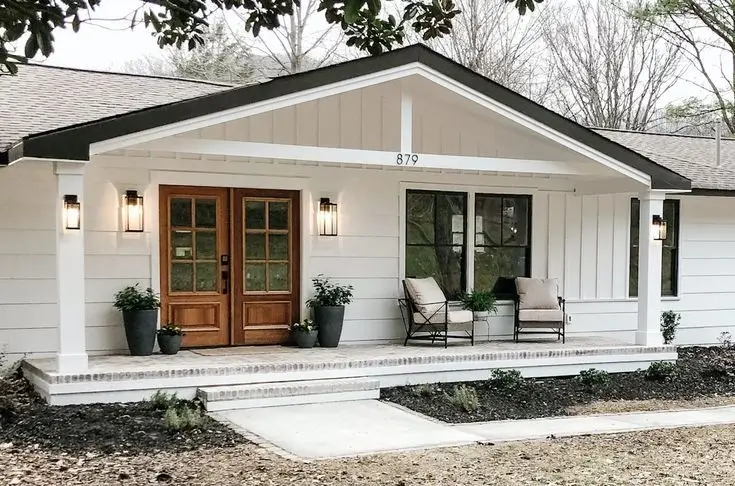
The front porch of the house is the threshold between the public and private spaces. It doesn’t have a definitive function, yet it is one of the most happening spaces in the house, as it is used for soaking in the sun, playing around, or having casual conversations during a sundowner.
- Corridors (Office and Residential)

Corridors in residential or commercial spaces are the most obvious examples of liminal spaces. These spaces of movement are where the most impromptu conversations take place yet they may sometimes feel uncanny.
- Stairways

Stairways are spaces of movement that lead you to a destination, through vertical movements. They almost seem like a journey or a preparation for something important.
- Elevator Lobbies

Elevators and elevator lobbies are dedicated spaces for reaching somewhere from point A to B.
- Lobbies or Waiting Spaces

Lobbies and waiting spaces are buffer spaces that allow people to halt.
- Water and Snack Stations

Water and snack stations are the breakout zones where casual conversations and exchanges of ideas happen.
- Restrooms
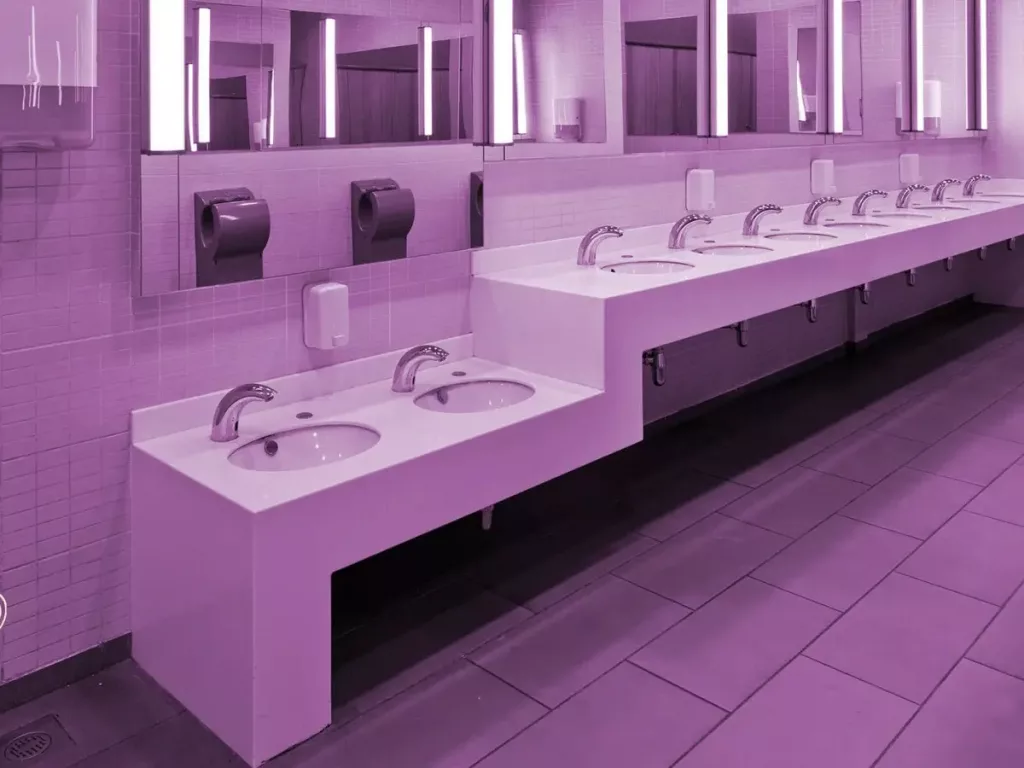
Restrooms or powder rooms are the perfect spaces for a quick refreshing and prepping up.
- Respite Rooms
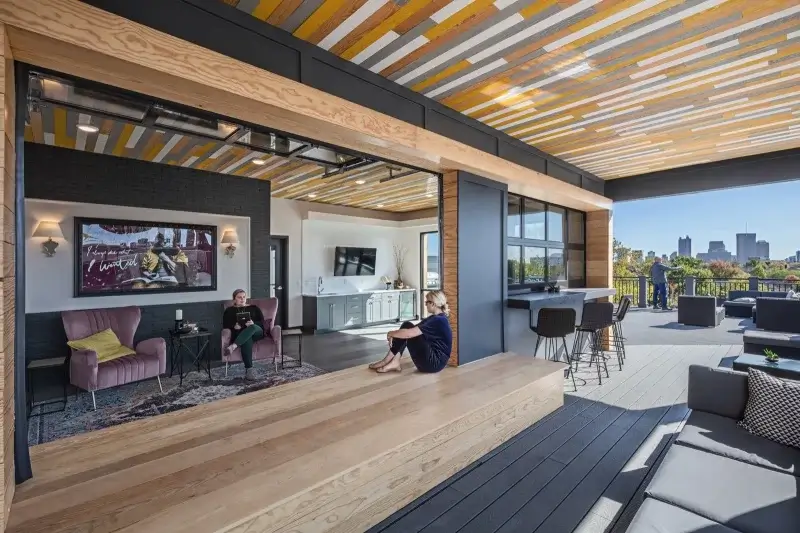
They allow people to rest, and thus come back with greater strength and resilience.
- Cafes

Cafes are perfect places to unwind and indulge in a relaxing evening of good coffee and food. They are also the spaces of informal gatherings that foster social well-being and enhance culture.
- Sidewalks

The spaces between built environments are liminal zones that facilitate collective sustenance. Sidewalks specifically cater to the needs of pedestrians and are tiny fringes of sociable public spaces.
- Places of Commute

Places of commute such as metro stations, bus stations, etc. are other examples of liminal spaces that come under the realm of public spaces.
Why do we need Liminal Spaces?
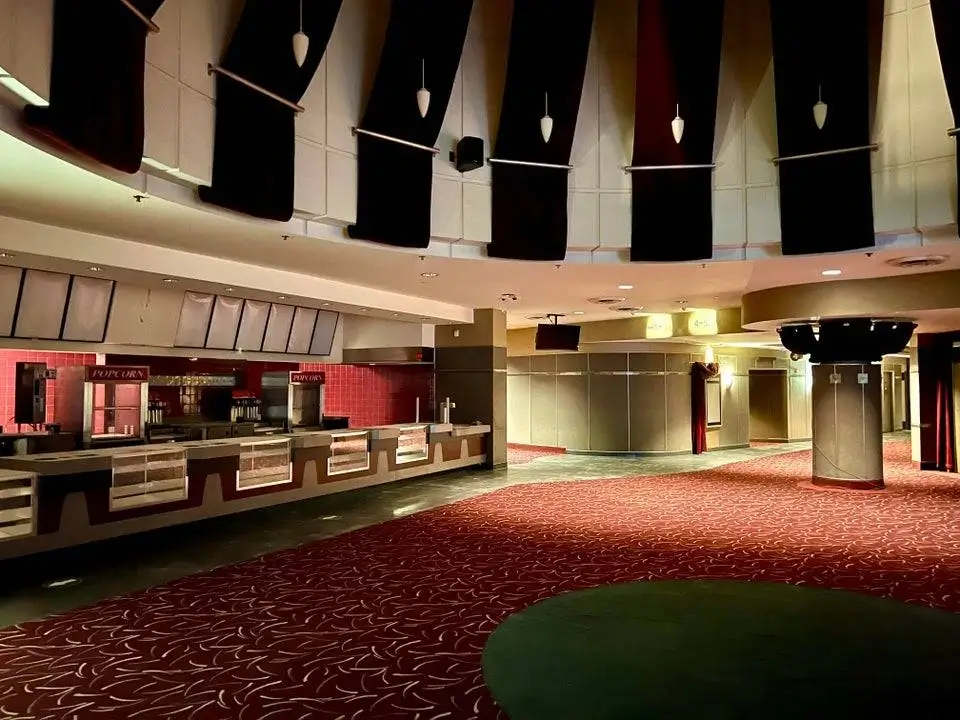
Liminal spaces lie on the boundary of two spaces, they’re transition spaces that must smoothen the edge or blur the boundary between spaces. These in-between spaces are essential to provide a buffer, as they help people prepare for their actual destination. In a way, they feel like a journey to the peak.
These spaces are also needed as breakout zones between two intensely functional spaces. Liminal zones in architecture are places of commute and movement. They are often thought to be the spaces of becoming but not being.
Role of Liminal Spaces in Architecture

The role of liminality in architecture is deeper than it may seem. Liminal spaces are more than spaces of movement as they double up to act as public spaces. They bring a sense of collective communal identity and generate a sense of belonging in people.
They’re convivial spaces of public interaction and cultural exchanges. Liminal spaces may not be associated with many activities or functions other than connecting or waiting for, and it is perhaps this lack of definition that makes these elements sociable.
Why are Liminal Spaces coined as ‘Non-places’?

The French anthropologist Marc Auge coined the term ‘non-place’ to describe the spaces that lack identity and cultural references. In that sense, most liminal spaces seem generic without any contextual references. The architecture of liminal spaces has largely universal imageability.
Long windowless corridors, a series of hotel rooms alongside the corridors, and quasi-public shopping malls or stations all seem to have a stable unified identity. This is also the reason why the viral images of liminal spaces evoked a sense of nostalgia in folks even though they may have not been in the particular spaces ever.
Liminal spaces may have become generic non-places as a result of supermodernism. It includes the fallout spaces that have remained after modernism has run its course. They embrace a global aesthetic and lack cultural connections. Hence turning the discourse of liminal space as places of sociability into generic junk spaces.
There is a Temporal and Emotional Dimension to Liminal Spaces, here’s why…

Liminal spaces are temporal spaces that change by the hour. Take an instance of a subway corridor, it feels safe and full of life during the day, when it is filled with people. The same subway feels daunting and scary when it is deserted at night.
The shift of perception of liminal spaces proves the involvement of time in such spaces. They make one realize the ephemerality of human life, and how even the mundane walk across the corridor can evoke a sense of uncanny if there aren’t people around.
Abandoned Spaces as Liminal Spaces

The temporal dimension of liminal spaces extends beyond contemporary functional spaces to abandoned modern spaces. Dilapidated structures, abandoned hotels, and shopping malls all come under the umbrella of liminal spaces in architecture.
These spaces that were once thriving with huge crowds have now become outdated lying in ruins. They hold a mirror to society’s evolving needs and methods. Liminal spaces thus may lead to unsettling feelings of missing humans within the space. Abandoned spaces become objects of eerie as they depict familiar spaces treated in unfamiliar ways.
Final Takeaways
Liminal zones are powerful and highly functional zones that are both necessary and relevant in all built forms. They may have varied perceptions and seem both happily nuanced and provocatively unsettling. Liminal spaces in architecture are thus multidimensional phenomena that resonate on a deeper level of consciousness.
FAQs:
- What is an example of a liminal space?
Examples of liminal spaces in architecture include corridors, waiting spaces, lobbies, restrooms, staircases, elevators, etc.
- What is liminal space in architecture?
Liminal space in architecture is the space between two functional spaces. It is everything that lies at the threshold or the boundary of two spaces.
- Are transitory spaces liminal spaces?
Transitional spaces like corridors, front porches, and waiting areas are all examples of liminal spaces.
- Why are liminal spaces important?
Liminal spaces are important not only because they connect two spaces, but also because they’re sociable spaces that generate a sense of collective belonging in people.
- Is an abandoned place a liminal space?
An abandoned place may be a liminal space as if it feels generic and does not belong to the functional realm of architecture.


